Introduction
About AutoMOOC
AutoMOOC is a free course in English open to anyone.
It corresponds to the book
"Automation for robotics, Luc Jaulin (2015), ISTE editions" (see below).
To follow this course, you need to have some basics in
mathematics (e.g., those that are required to enter an engineer school).
Registration
To register fill the form :
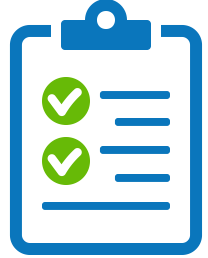
The registration is not mandatory to follow the MOOC and to see the videos.
But it is needed to have to get the diploma.
Required
To follow AutoMOOC, you should have some basic notions in Python and knowledge in mathematics.
If you do not know Python, but any other programming language,
you may learn easily the required notions in this MOOC.
You will have to install Python 3 in your machine.
Videos
A video with explanations related to each exercise is given as soon as the lesson opens.
You are not obliged to follow the method that is given in the video.
Diploma
To get the diploma, you need at least 50 points.
Therefore, doing all exercises is not mandatory.
The participants who got enough points will receive a diploma corresponding this MOOC.
This diploma can be used by students to obtain the corresponding
ECTS
from their PhD courses, or to comply with any other requests by their home university.
An example of the diploma you can obtain :

Schedule and points
Lesson 1. Introduction
, 12:00.
Exercise 1.1 Underwater robot (1 point)
Exercise 1.2 Sailboat robot (1 point)
Exercise 1.3 Chaotic system (1 point)
Exercise 1.4 Hénon Map (1 point)
Lesson 2. Lesson 2. Modeling
, 12:00.
Exercise 2.1. First and second order systems (1 point)
Exercise 2.2. Mass-spring system (1 point)
Exercise 2.3. Model a pendulum (1 point)
Exercise 2.4. Hamilton method (1 point)
Exercise 2.5. Model an inverted rod pendulum (1 point)
Exercise 2.6. Model the Segway (1 point)
Exercise 2.7. Model a car (1 point)
Exercise 2.8. RLC circuit (1 point)
Exercise 2.9. DC-motor (1 point)
Exercise 2.10. Water tanks (1 point)
Exercise 2.11. Fibonacci sequence (1 point)
Exercise 2.12. Buses (1 point)
Lesson 3. Simulation
, 12:00.
Exercise 3.1. Predator-prey model (1 point)
Exercise 3.2. Simple pendulum (1 point)
Exercise 3.3. Van der Pol (1 point)
Exercise 3.4. Simulation of a car (1 point)
Exercise 3.5. Integration with Taylor (1 point)
Exercise 3.6. Rotating cube (1 point)
Exercise 3.7. Three-dimensional simulation of a tricycle (1 point)
Exercise 3.8. Manipulator robot (1 point)
Exercise 3.9. Omni wheel robot (1 point)
Exercise 3.10. Snake (1 point)
Exercise 3.11. Swimbox (1 point)
Exercise 3.12. Virus (1 point)
Lesson 4. Linear systems
, 12:00.
Exercise 4.1. Solution of a state equation (1 point)
Exercise 4.2. Stability criterion (1 point)
Exercise 4.3. Laplace variable (1 point)
Exercise 4.4. Transfer function of elementary systems (1 point)
Exercise 4.5. Transfer function of composite systems (1 point)
Exercise 4.6. Transfer matrix (1 point)
Exercise 4.7. Change of basis (1 point)
Exercise 4.8. Controllable canonical form (1 point)
Exercise 4.9. Second order system (1 point)
Exercise 4.10. Combination of systems (1 point)
Exercise 4.11. Transfer function (1 point)
Exercise 4.12. Canonical control form (1 point)
Exercise 4.13. Canonical observation form (1 point)
Exercise 4.14. Modal form (1 point)
Exercise 4.15. Jordan form (1 point)
Lesson 5. Linear control
, 12:00.
Exercise 5.1. Non-observable states, non-controllable state (1 point)
Exercise 5.2. Using the controllability and observability criteria (1 point)
Exercise 5.3. Controllability criterion in discrete time (1 point)
Exercise 5.4. Controllability criterion in continuous time (1 point)
Exercise 5.5. Observability criterion (1 point)
Exercise 5.6. Kalman decomposition (1 point)
Exercise 5.7. Resolution of the pole placement equation (1 point)
Exercise 5.8. Output feedback of a scalar system (1 point)
Exercise 5.9. Separation principle (1 point)
Exercise 5.10. Proportional and derivative control of a pump (1 point)
Exercise 5.11. PID control (1 point)
Exercise 5.12. Canonical control form (1 point)
Exercise 5.13. State feedback with integral effect, monovariate case (1 point)
Exercise 5.14. State feedback with integral effect, general case (1 point)
Exercise 5.15. Luenberger observer (1 point)
Exercise 5.16. Demodulator (1 point)
Exercise 5.17. Output feedback of a non-strictly proper system (1 point)
Exercise 5.18. Output feedback with integral effect (1 point)
Exercise 5.19. Poincaré map (2 points)
Lesson 6. Linearized control
, 12:00.
Exercise 6.1. Linearization of the predator-prey model (1 point)
Exercise 6.2. Water car (1 point)
Exercise 6.3. First order nonlinear system (1 point)
Exercise 6.4. State feedback (1 point)
Exercise 6.5. Control of the segway (2 points)
Exercise 6.6. Controlling an inverted rod pendulum (2 points)
Exercise 6.7. Linear Quadratic Regulator (1 point)
Exercise 6.8. Autonomous car (2 points)
Exercise 6.9. Follow the car (1 point)
All exercises should be posted:
, 12:00.
Diplomas are sent by email:
, 12:00.
Post your work
For each lesson, you should send your solution by email to jaulin.automooc@gmail.com
For the exercises that require the execution of a program,
You should provide the Python (or other) code.
You should also send me a pdf file with some explanations and screen captures of the running program.
For some exercises, the solution corresponds to text and equations and no program is required.
In such a case, you should post a scan of your paper sheet,
(taken with you phone for instance) or any pdf file.
Files
 Lessons and exercises in pdf.
Lessons and exercises in pdf.
 Source code Latex + figures
Source code Latex + figures
 Python start programs.
Python start programs.
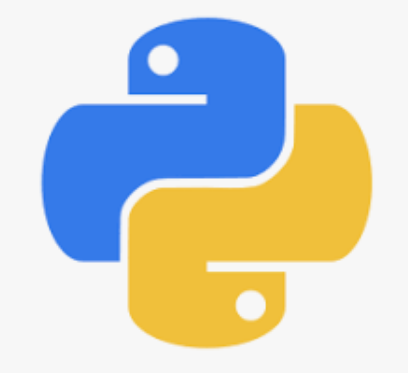 Librairy to be used autolib.py.
Librairy to be used autolib.py.
Lessons and videos
Lesson 1. Introduction
Open: Officially starts .
Lesson 1 is open in advance, to allow some adaptations and see how the MOOC works.
Abstract.
Biological, economic or mechanical systems surrounding us can often be described by a state equations.
This lesson introduces the notion of state, trajectory, inputs and outputs. It also presents
the concepts of controller and closed-loop representation.
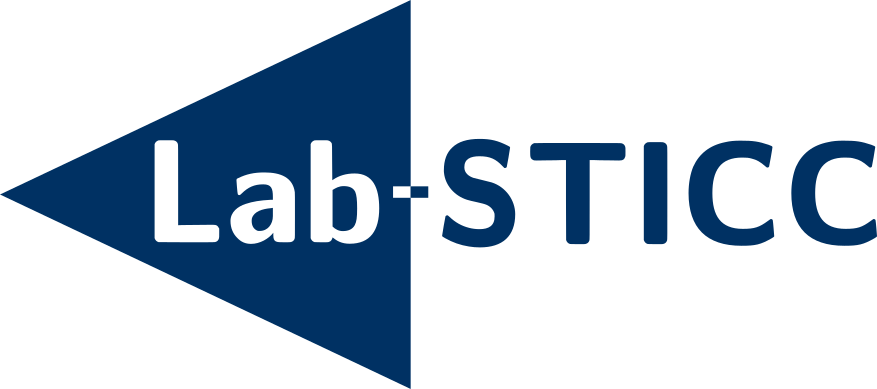
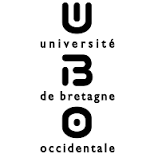
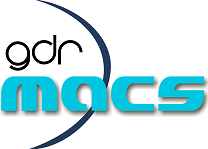

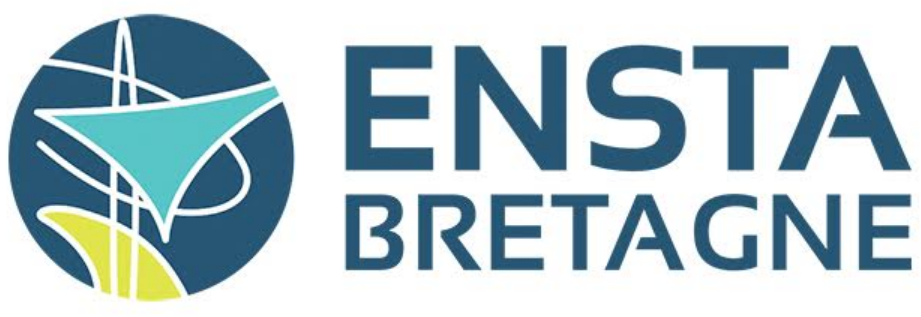
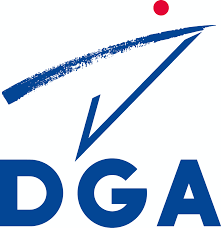
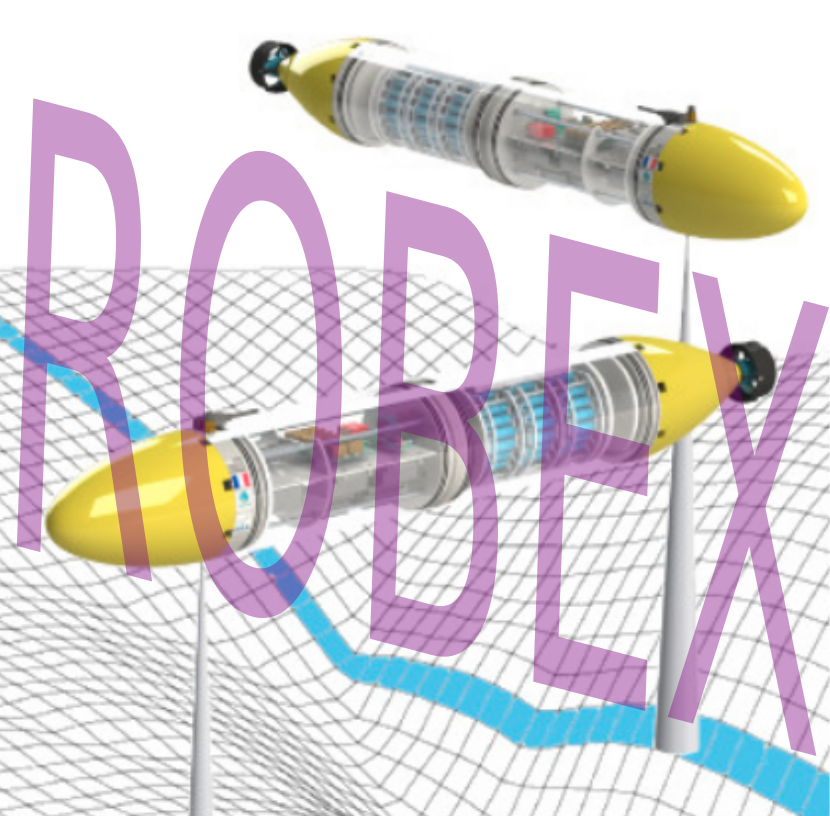
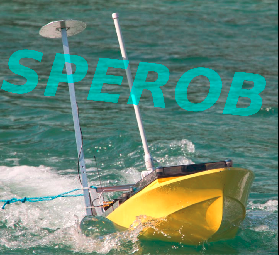
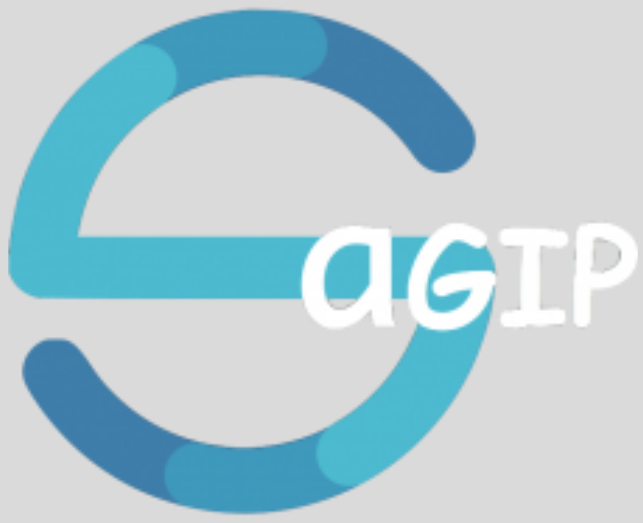









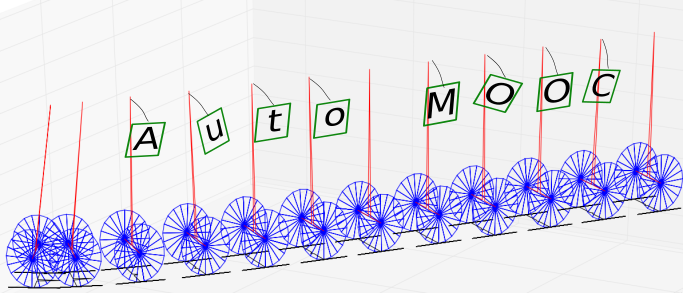
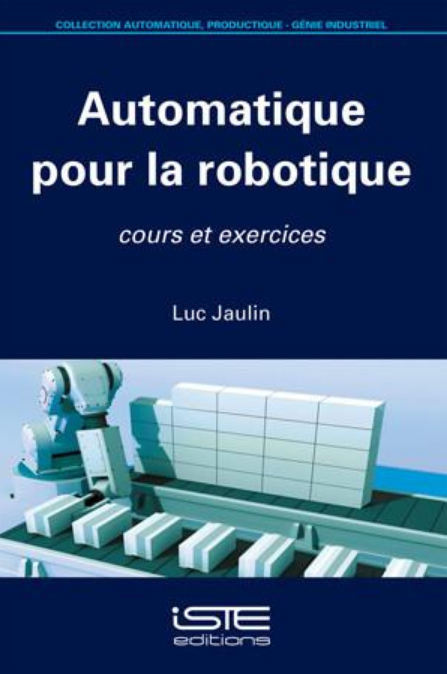
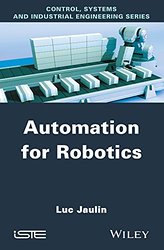
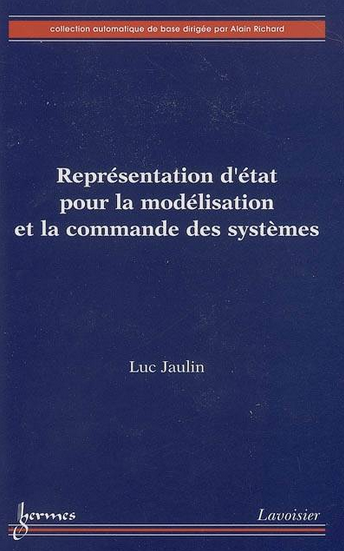
![]()
![]()
![]() Lessons and exercises in pdf.
Lessons and exercises in pdf.
![]() Source code Latex + figures
Source code Latex + figures ![]() Python start programs.
Python start programs.
![]() Librairy to be used autolib.py.
Librairy to be used autolib.py.